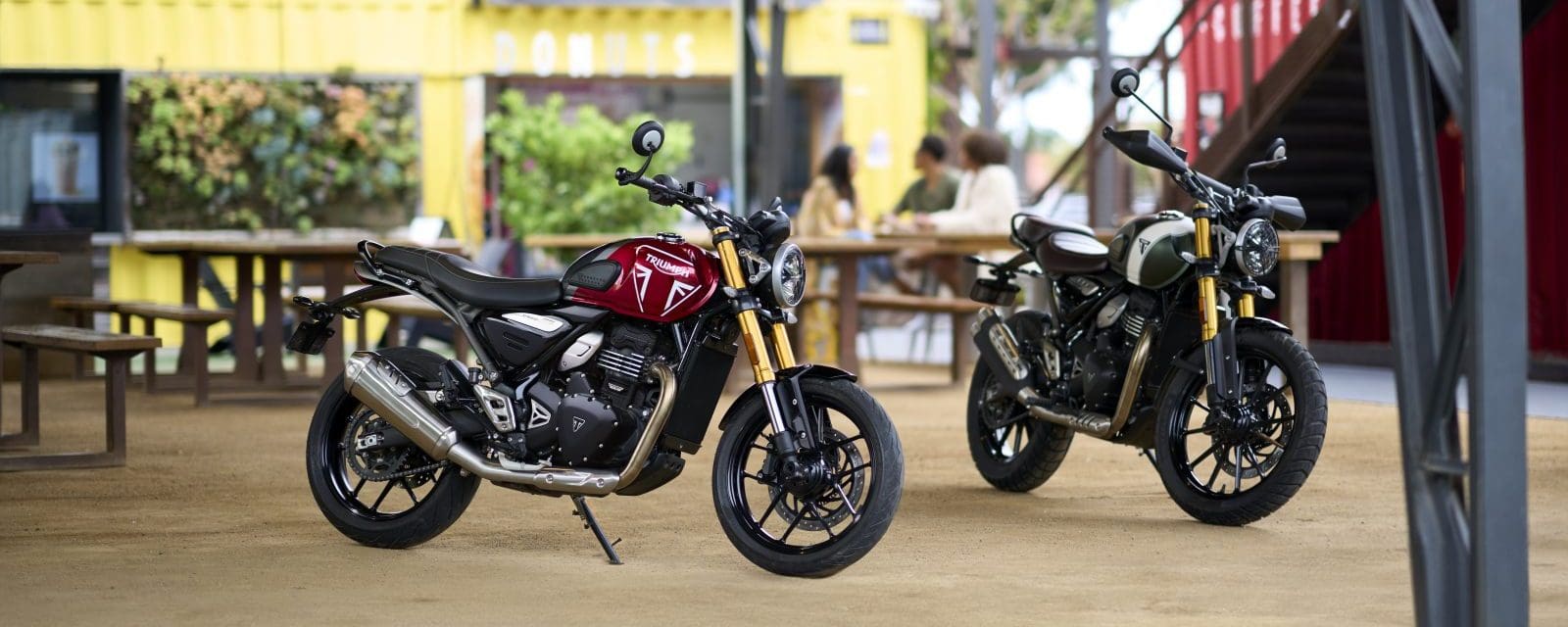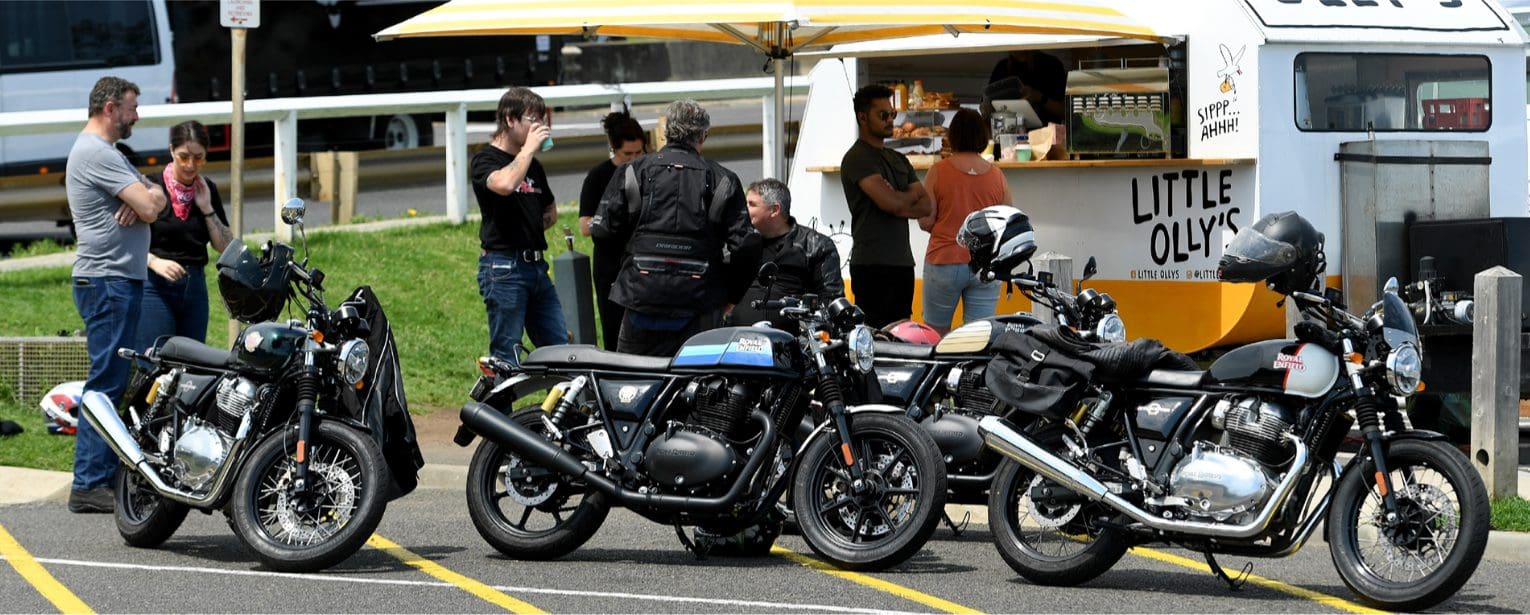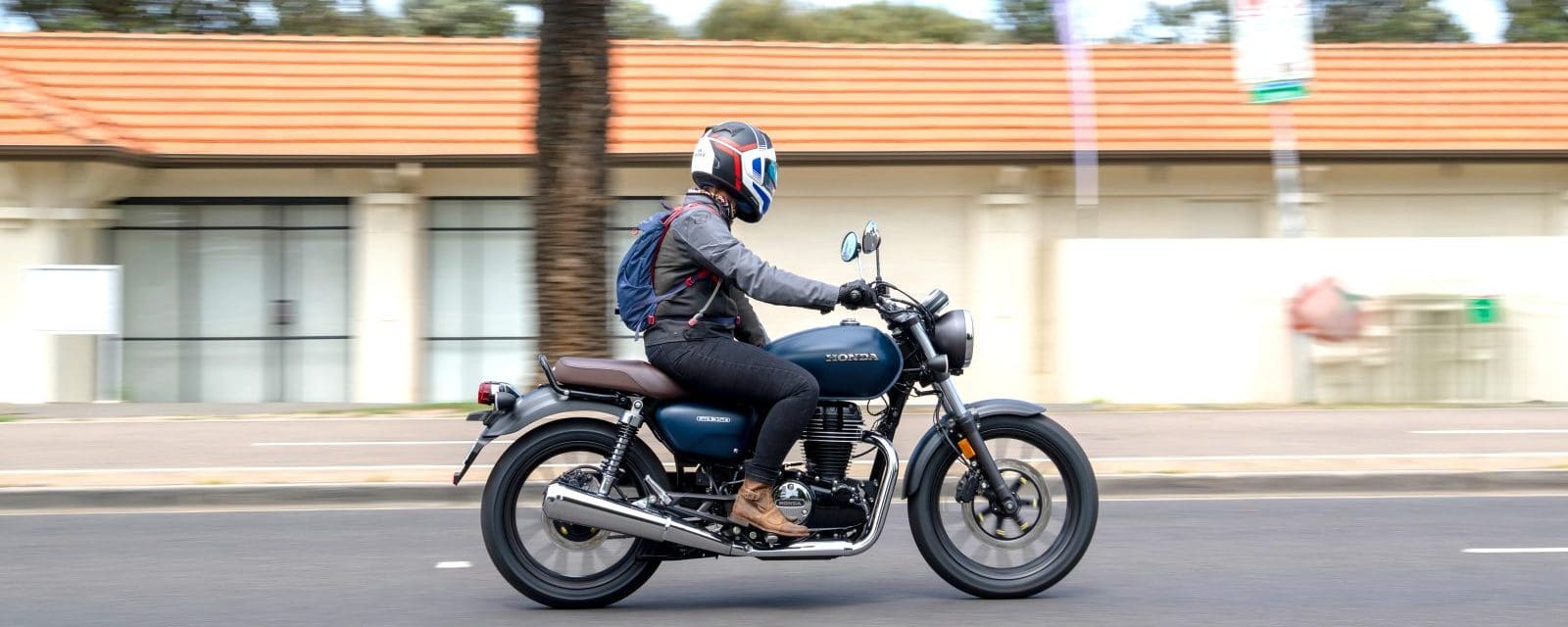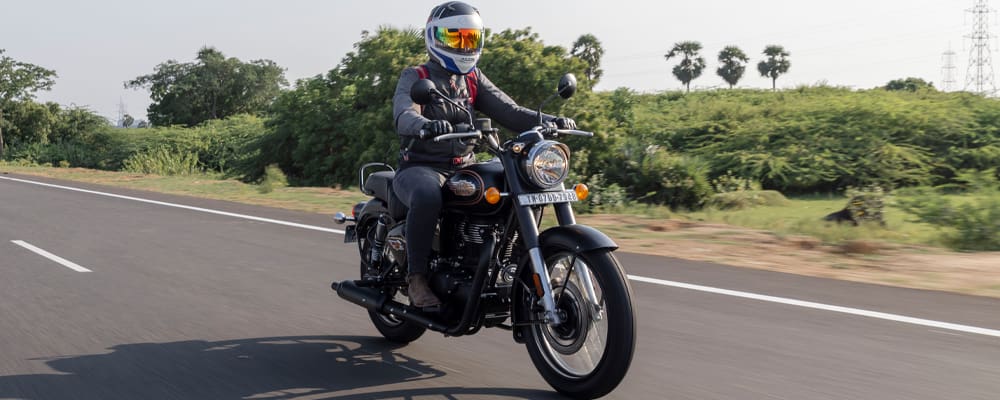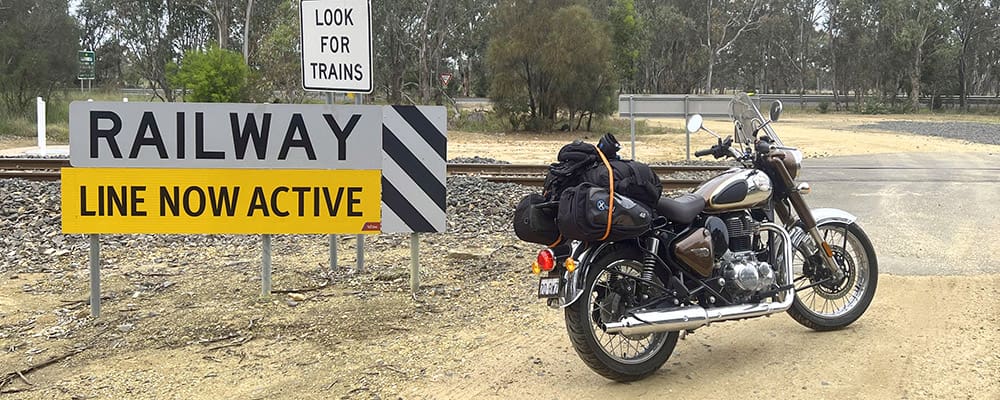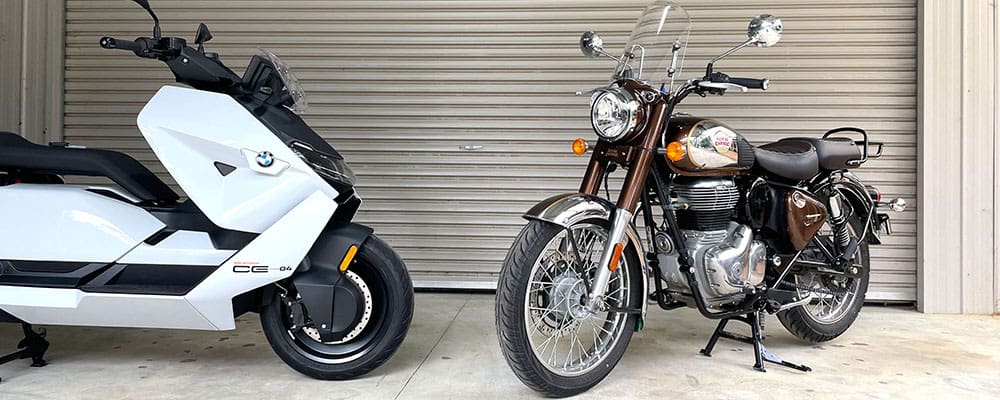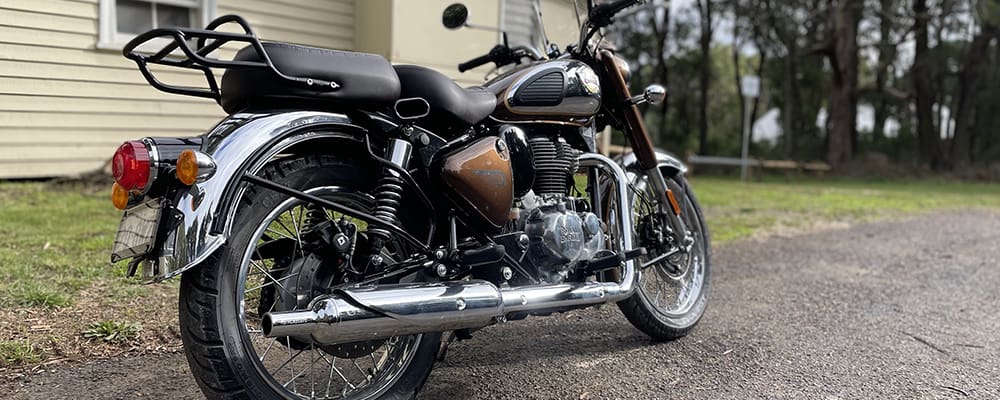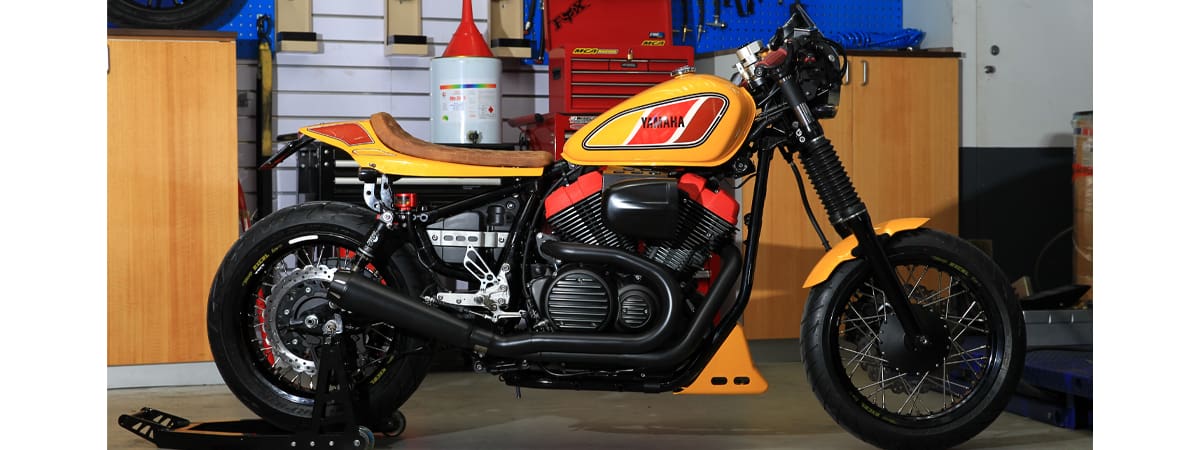When you can’t get your hands on a classic longitudinal mounted V-twin Honda CX500 for a café racer restoration project, what do you do? If you’re Mitch de Kretser you take a slight step to the left and fall head over heels for a 1974 straight-four CB750.
With his mates getting heavily into the café racer scene, Mitch was keen to join them, but wanted to make sure he started with the right base for his custom project. And being a fussy and patient bugger, he was initially happy to wait until just the right CX500 rolled into his life.
“After seeing a beautiful CX500 online I was determined to make one the basis for my project,” he says. “I’d been trawling the classifieds for months but the only things I could find were basket cases.”
His other choice, a good quality CB750, seemed to be out of his price range, until the perfect bike suddenly popped up on eBay and caught his attention.
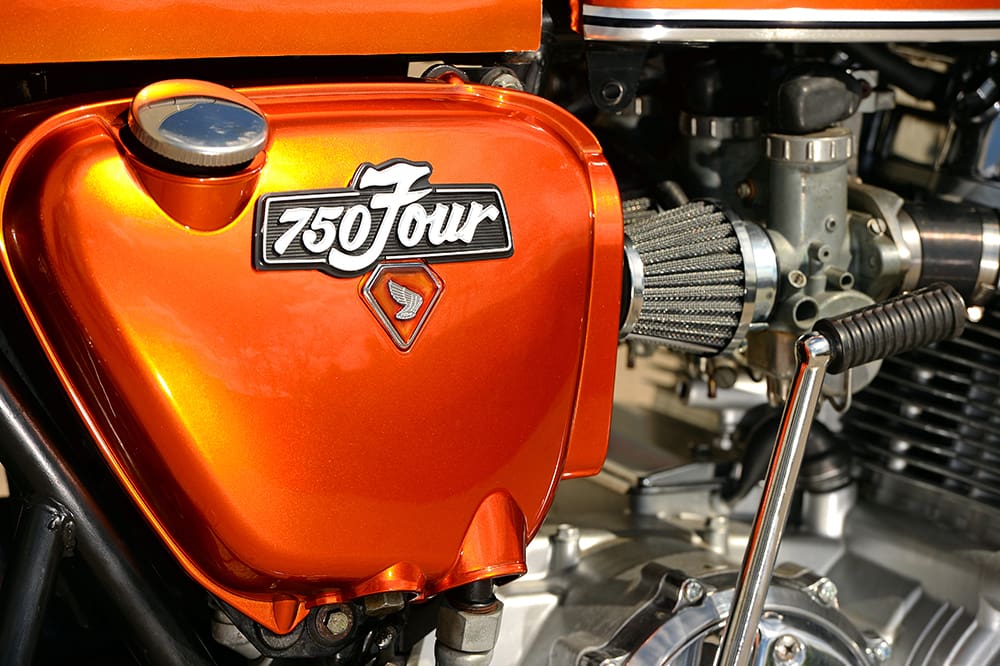
“It was close by, in my price range, and offered with a Buy it Now price. Within 24 hours I was the proud owner of a CB750 and my project was underway.”
Mitch’s vision when he first started down the customising path was to give the Honda a unique café racer makeover while retaining its 70s character.
“I spent hours looking at customised versions online, searching for just the right look. The choice of colour was easy: the classic Honda Sunrise orange flake. Adam at All Paint Finishes in Melbourne is responsible for the paintwork and has done a fantastic job.”
While Mitch handled all the bolt-on stuff himself, when it came to improving the braking and handling he left it to the experts at TT Motorcycles in Mornington, and Suspensions R Us in Gembrook. From there the bike headed over to In-Tune Motorcycle Services in Ringwood where the team managed to improve the power output by an impressive 20 percent! Finally, after a 12-month build, Mitch was able to take the bright orange Honda for its maiden run.
“You couldn’t wipe the smile off my face, I was so happy with the final product,” he says. “All the time, effort and dollars that went into it were absolutely worth it.”
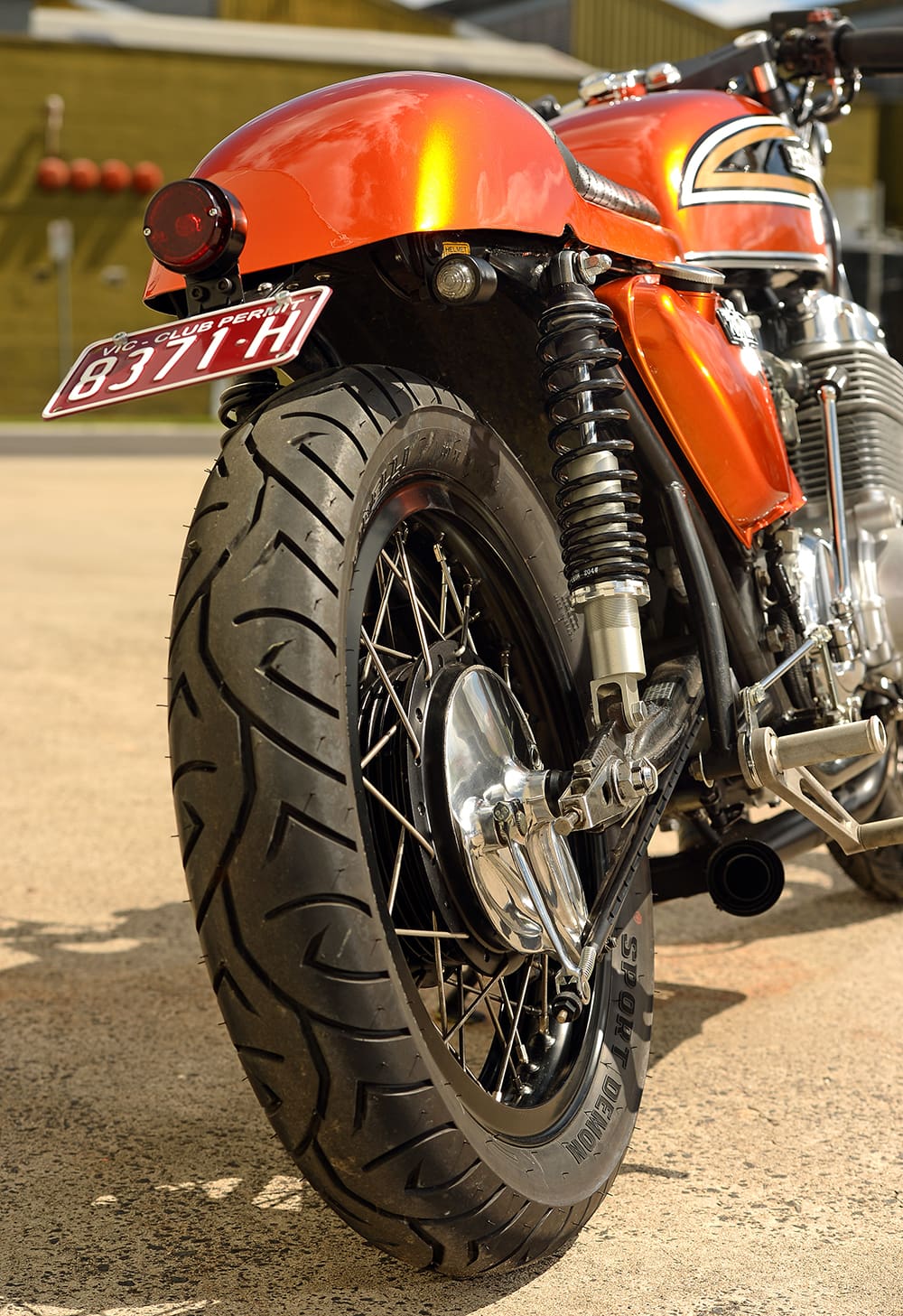
What’s it based on
The Sunrise paintwork was standard back in the day, but Mitch’s bike originally carried the Planet Blue colour scheme. According to our sources, this means it was built after September 1974 but before 1975.
The CB750 model enjoyed a long life stretching from 1968 through to 2007. It has been referred to as the most significant Japanese motorcycle made because it brought performance four-cylinder engines to the masses. The CB750 was the first bike to be fitted with a hydraulic front disk brake as standard (drum at the rear) and had both an electric starter and kickstarter.
The 736cc, SOHC, two-valves per cylinder engine with four 28mm Keihin carburettors was good for 50kW (67hp) of power at 8000rpm. With a good run off, and on a flat piece of tarmac, the K4 could just about touch 200km/h.

What’s it got
Mitch has swapped out the standard single-disc front end for a CBX1000 twin-disc set-up. The CBX fork legs are compatible with the CB750 triple clamps so the disc, caliper and master cylinder were all swapped over to CBX1000 kit as well. One piece of 70s culture Mitch wasn’t keen on retaining was the big seat – he bought a café racer-style custom single seat with a rear hump through eBay, and it was a direct fit for the CB750.
Handling was upgraded with a pair of Ikon rear shocks and Wilbers linear fork springs, grip was improved with a set of Pirelli Sport Demon hoops, and the daggy old airbox was removed so it would look neater and allow the carbs to breathe easier. The giant 70s speedo was also removed and a smaller clock built into the headlight bucket.
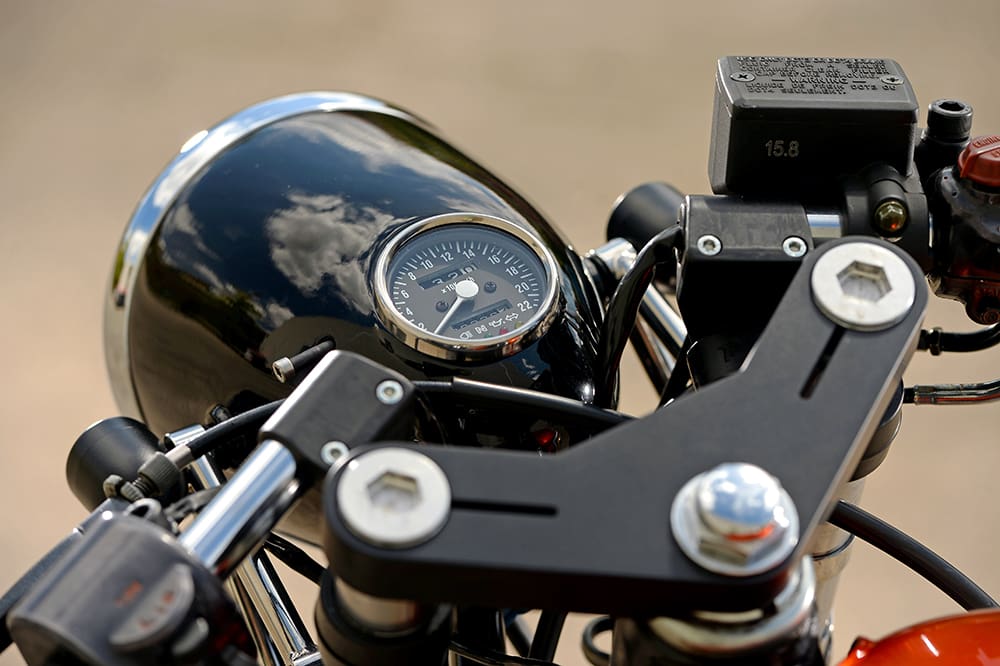
What was tricky
“The twin-disc set up and finding a hub to suit the spacing caused plenty of headaches,” Mitch recalls. “We were unable to source the right hub and had to send the existing one away to be machined. Then when we got it back the speedo cable wouldn’t fit, so the fork legs needed to go to the engineer for a bit of a shave.”
Mitch also says that with so many layers of paint and clear coat on the tank, the fuel cap and latch were a nightmare to fit!
“It required surgical precision with a Dremel to shave a little paint off”. On top of that, the original Sunrise orange flake paint was impossible to find without having a sample to match it to. The closest Mitch could find is called candy apple tangerine, and this was sprayed over a metallic silver base.

What’s next
After riding the bike for a while, Mitch was unhappy with the position of the rearsets and has ordered new ones from Tarozzi.
“I also want to adjust the clip-on bars and have a custom speedo cable made to tidy up the front end a little more. Other than that I couldn’t be happier with the end result.”
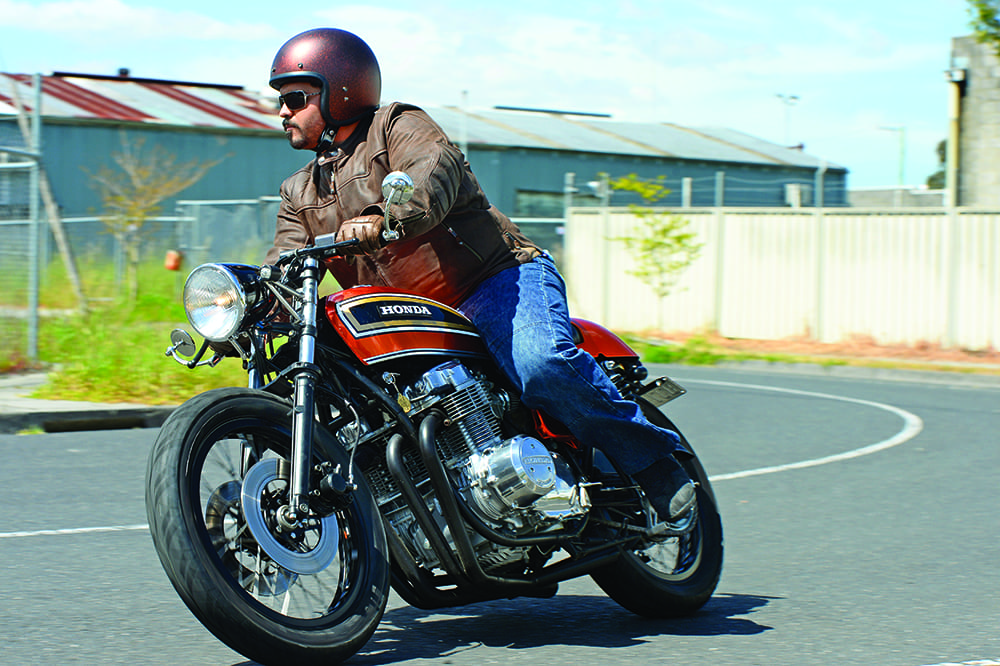
Words Chris Dobie Photoshop Jeff Crow


